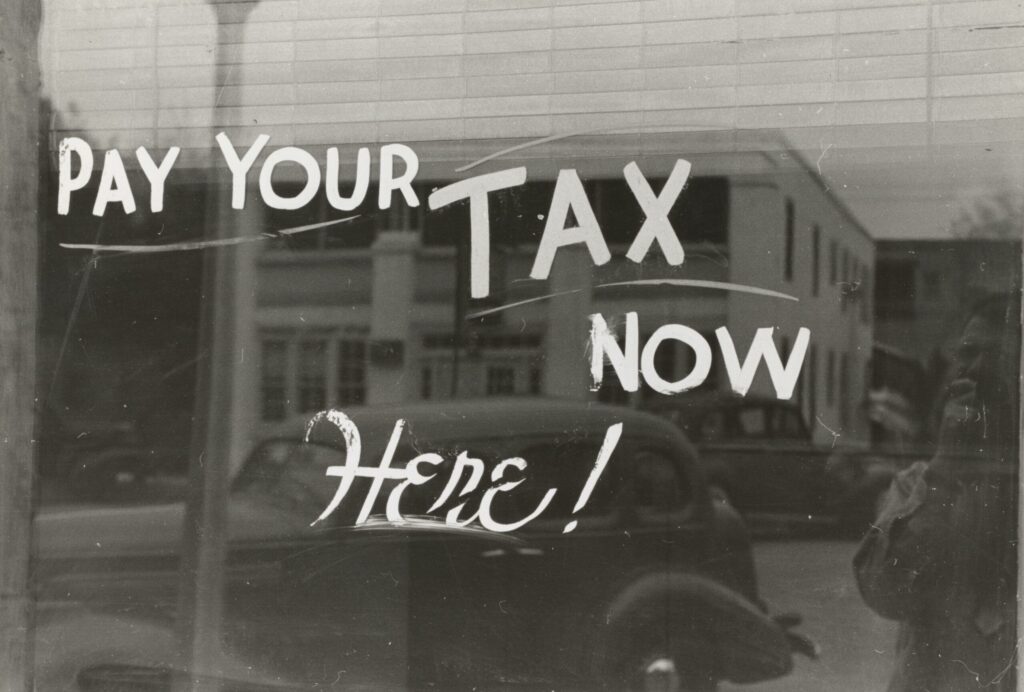In today’s economic climate, more and more Canadians are facing a troubling reality: their homes are worth more than ever, but their wallets are emptier than they’ve ever been. This phenomenon is commonly referred to as being “house rich, cash poor” – a growing trend among Canadians who have significant equity in their homes but are struggling with high-interest debt and limited monthly cash flow.
According to a 2023 report by the Financial Consumer Agency of Canada (FCAC), two-thirds of mortgage holders report having trouble meeting their financial commitments, and the percentage of mortgage holders spending more than they earn was the highest it has been since the survey began in August 2020. This phenomenon, known as “house rich, cash poor,” is increasingly affecting Canadians as inflation and interest rates climb, and the cost of living stretches household budgets. As a result, many homeowners are searching for ways to stay afloat without selling their homes. That’s where reverse mortgages come in – and why they’re being heavily marketed across the country.
But before you sign on the dotted line and borrow against your home, it’s worth understanding all your options. At Spergel, we’ve helped over 100,000 Canadians eliminate their debt and keep their homes without the long-term costs of a reverse mortgage. For many, filing a consumer proposal instead is the smarter, safer solution.
Understanding the “house rich, cash poor” dilemma
Homeownership is often seen as a symbol of financial stability. But for many Canadians, the reality is far different. They may have hundreds of thousands of dollars in home equity, but very little liquid cash. Credit card balances, personal loans, tax debt, and unexpected expenses add up fast. And when you’re on a fixed income or dealing with job instability, those monthly payments become unmanageable.
Graeme Hamilton, a Licensed Insolvency Trustee at Spergel, explains:
“Many Canadians are finding themselves in a difficult position where their homes have appreciated, but they have little disposable income to handle daily expenses. This is particularly concerning when dealing with high-interest debt, which can quickly erode any remaining financial flexibility.”
This scenario is especially common among:
- Retirees relying on pension or CPP
- Adults helping financially dependent children and/or parents
- Those recently impacted by illness, divorce, or job loss
- Homeowners facing high-interest debt with limited repayment options
If this sounds familiar, you’re not alone. And you do have options. Here’s what you may be considering if you’re house rich, cash poor.
Reverse mortgages: a popular, but pricey solution
Reverse mortgages are marketed as an easy fix: stay in your home, receive a lump sum or monthly income, and never make payments until you sell or pass away. It sounds appealing – especially if you’re struggling to meet monthly bills or indeed are house rich, cash poor.
But, as with most things that sound too good to be true, there’s a catch. Actually, several:
- Compounding interest: interest on a reverse mortgage accrues over time and is added to the loan balance. This means your debt grows the longer you live in the home.
- Reduced inheritance: as your loan balance grows, your home equity shrinks. This leaves less for your estate and your family.
- Early repayment penalties: if you decide to sell or move out, you could face significant fees.
- Fees and closing costs: reverse mortgages come with set-up costs, legal fees, and appraisal fees that reduce your total payout.
- Loss of flexibility: a reverse mortgage locks you into a contract that may not adapt well if your circumstances change.
In short, you’re borrowing your own money at a high cost. It’s not always the best choice for long-term financial stability.
What if I have a HELOC or mortgage?
Many Canadians exploring debt relief options still owe money on their mortgage or have a home equity line of credit (HELOC). The good news? You can still file a consumer proposal. Here’s what you need to know:
| Type of debt | Included in a consumer proposal? | Notes |
|---|---|---|
| Mortgage | ❌ No | Must continue making payments to keep your home |
| HELOC (secured) | ❌ No | Treated like a second mortgage if registered against your property |
| *HELOC (unsecured) | ✅ Possibly | If not registered to the property (rare), it may qualify |
| Credit cards, tax debt, personal loans | ✅ Yes | All standard unsecured debts that can be included |
So if you own your home and are making mortgage or HELOC payments, you can still file a consumer proposal to deal with your unsecured debt. You continue to pay your secured debts (mortgage and HELOC) as usual while freezing interest and stopping collection activity on everything else. This allows you to avoid tapping further into your home equity, while protecting your credit and your home. Plus, without the stresses of paying off your unsecured debts, you’ll likely find it much easier to make your mortgage or HELOC payments. It can be an ideal option for those who are house rich, cash poor.
What is a consumer proposal?
A consumer proposal is a legal, government-regulated debt solution filed through a Licensed Insolvency Trustee (LIT), like our professionals here at Spergel. It allows you to negotiate a structured repayment plan with your creditors, often reducing your debts by up to 80% while allowing you to keep your home. A consumer proposal means you pay back the full amount of your unsecured debt – but without interest, penalties, or collection actions.
That means:
- No interest on your balances
- No more collection calls or wage garnishments
- One affordable monthly payment
- No impact to your home equity
You keep your house. You pay your debts. And you regain control over your finances.
When does a consumer proposal make sense?
We recommend a consumer proposal for individuals who:
- Have significant unsecured debt (e.g., credit cards, payday loans, tax debt)
- Own a home with strong equity
- Want to protect their assets
- Can afford to repay the full amount of their debt if interest is stopped
This is often a great fit for those who are being pressured to get a reverse mortgage or second mortgage to stay afloat. A consumer proposal is a cleaner, more empowering solution with fewer long-term drawbacks.
Why choose Spergel?
At Spergel, we’re not just administrators of debt solutions – we’re advocates for your financial wellbeing. Our Licensed Insolvency Trustees work directly with you, from start to finish. No call centres, no outsourcing, and no judgment. Unlike other bankruptcy firms, you’ll be assigned your very own Licensed Insolvency Trustee to walk you through the end to end debt relief process, without being passed from person to person.
We’ve seen firsthand how Canadians can feel trapped by their debt, especially when their greatest asset – their home – is tied up in equity they can’t access without strings attached. That’s where our approach makes a difference to help those who are house rich, cash poor:
- We negotiate with your creditors to create a proposal that works for everyone
- We protect your home and your dignity
- We eliminate interest and harassment, letting you breathe again
- We walk with you every step of the way until you’re debt-free
Real results, real Canadians
The Thompson family’s story shows how filing a consumer proposal with Spergel helped them avoid the costly long-term impact of a reverse mortgage.
In 2023, a wildfire devastated the Thompsons’ home and bakery in British Columbia. With over $250,000 in debt and no income, they faced the risk of losing everything, including their home. Though they could have accessed their home’s equity through a reverse mortgage, the family chose Spergel’s alternative: a consumer proposal.
Spergel negotiated a 70% debt reduction, lowering their debt to just $75,000, with a manageable repayment plan of $500 per month. This allowed them to keep their home, reopen their bakery, and rebuild their lives. Within months, the Thompsons were back on track and are now set to complete their repayment ahead of schedule.
This story highlights how a consumer proposal can offer a safer, more sustainable path than a reverse mortgage, protecting home equity while providing long-term financial relief.
“When the wildfire destroyed our home and business, we had nowhere to turn. Spergel’s team reduced our debt by 70%, giving us a manageable plan to repay what we owed. Thanks to them, we’re thriving again.” — Mr. Thompson, British Columbia
Discover more Success Stories of Canadians we’ve helped, and see our 3,500+ client reviews.
Still unsure? Let’s talk.
Reverse mortgages may be the right tool in very specific situations. But for many Canadians, especially those who are house rich, cash poor and looking to protect their home and get a handle on debt, a consumer proposal offers a smarter, safer path. Book your free, confidential consultation with Spergel today. No pressure. No obligation. Just real help from people who care. You don’t have to trade your equity to find peace of mind.



















